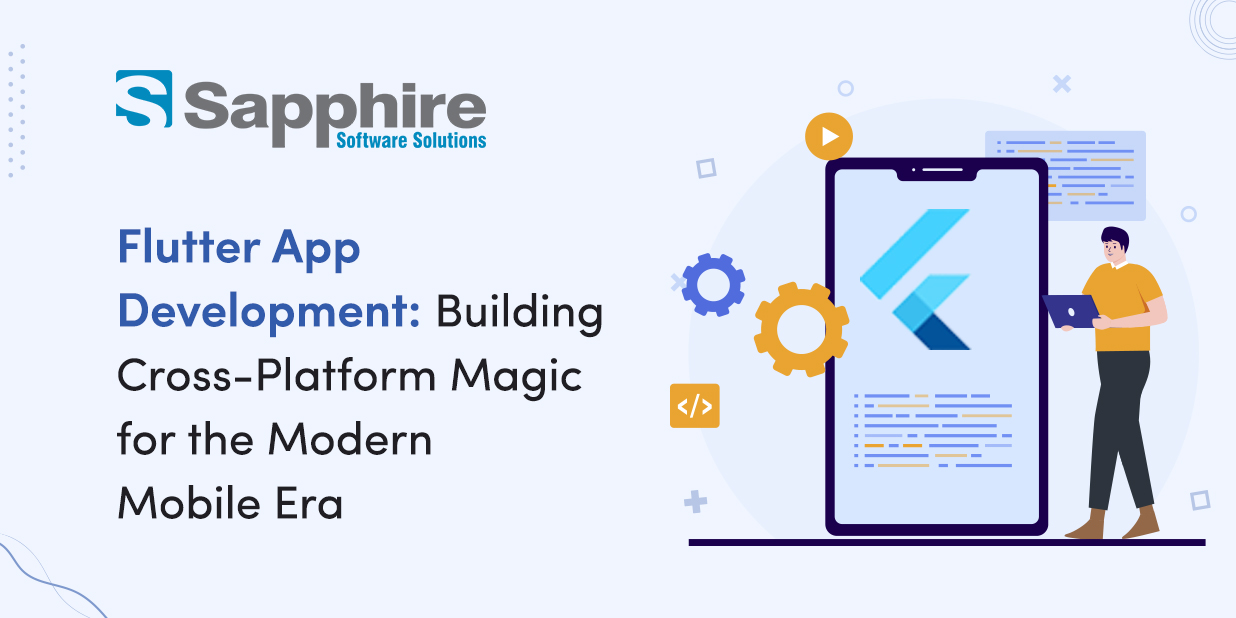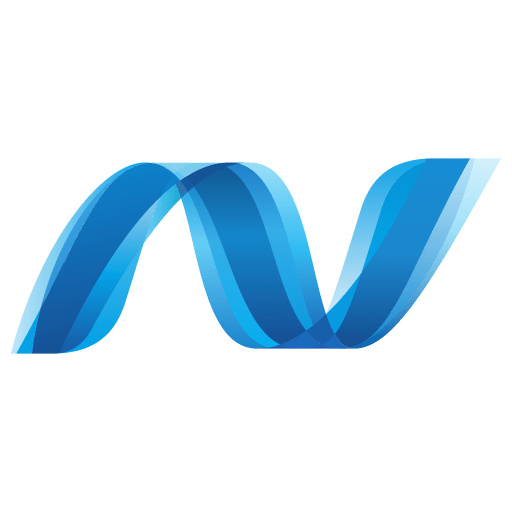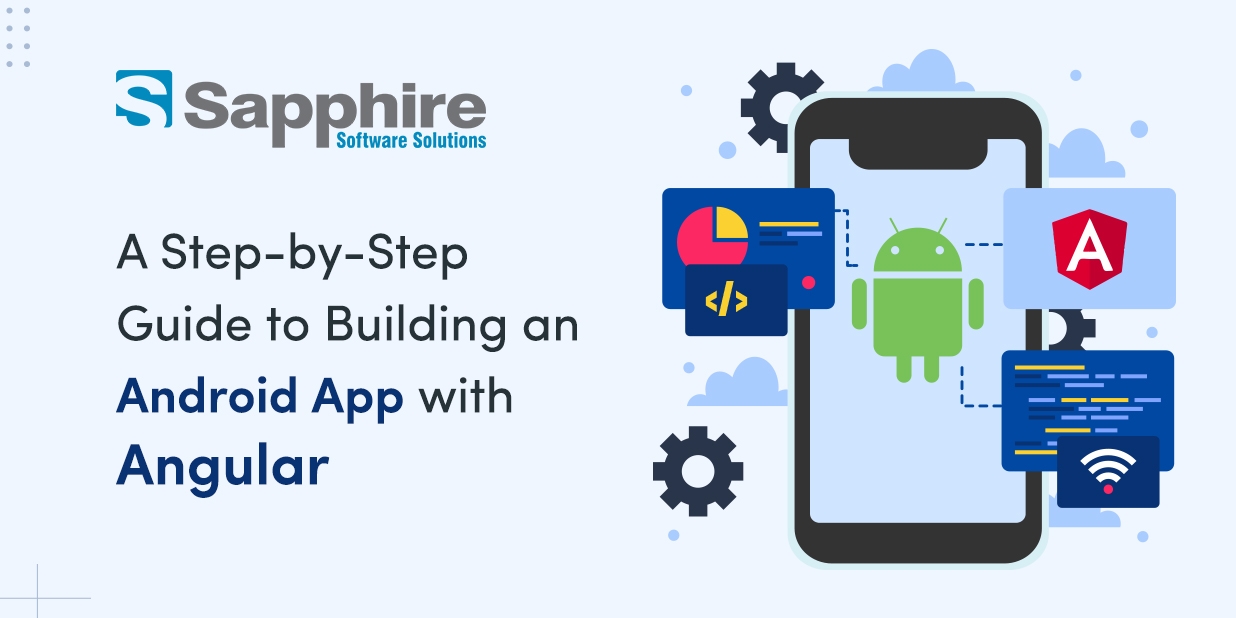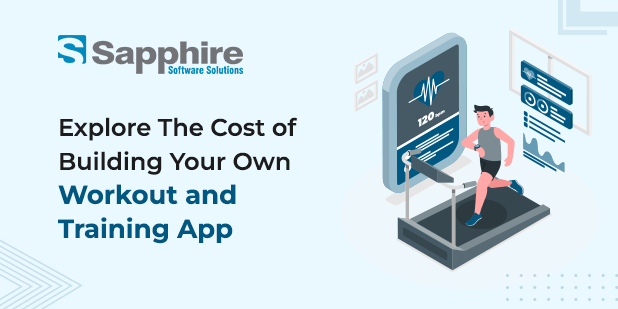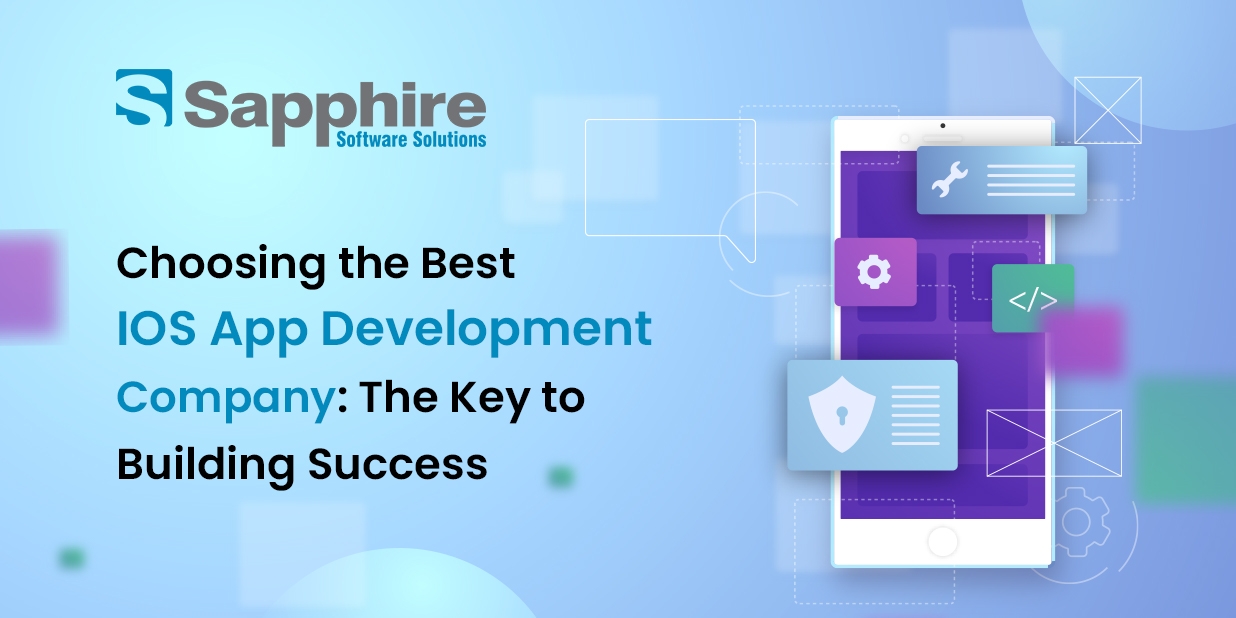Developers confront the problem of creating apps that can work properly on both iOS and Android in this current age of mobile computing when smartphones dominate the market and customers want consistent experiences regardless of the platform they are using. This is where Google’s Flutter comes into play. Flutter is a sophisticated and versatile open-source UI framework that Google built. Because it enables developers to create native interfaces of high quality for various platforms while only requiring them to maintain a single codebase, Flutter is a good solution for creating cross-platform applications. Hire Flutter App Developers in USA from Sapphire for your upcoming Projects.
In this post, we will investigate the world of Flutter app development, including its essential characteristics, its benefits for creating contemporary mobile applications, and its use cases in various sectors.
What is Flutter?
Flutter quickly gained popularity and supported one of the most active developer communities. The fact that Flutter is open-source furthers the cheerful welcome it has received since its debut. The Flutter framework gives consumers access to a standardized, personalized user interface (UI), enhanced performance, and dependable cross-platform support. For instance, Google Ads is a fantastic application created with the Flutter Framework.
The Dart (programming language)-based Flutter framework allows maintaining a single codebase for distribution across the platforms above. This results in a fluid and responsive application user interface (UI) across various screen types, aspect ratios, and orientations.
What Is the Purpose of Flutter?
The Google Home hub’s user interface and several Google Assistant modules are both powered by Flutter. Flutter is used by well-known e-commerce service providers, including eBay, Groupon, and Alibaba Group, to deliver their mobile and online apps a unified appearance.
Some businesses use it to speed up app development and reduce engineering work, while others use it to boost performance and dependability on many devices. For example, Toyota utilized the Flutter Embedder API to enhance the user experience and offer a fluid and responsive development environment.
Key Features of Flutter:-
1. Rapid Development:
The hot reload functionality available in Flutter enables developers to see the effects of any changes made to the code instantly without having to restart the application. Because of this, the development process is sped up, and developers can experiment, iterate, and swiftly address errors. Developers can make UI changes in real-time and see the results instantaneously thanks to a feature called hot reload, which boosts their productivity and cuts the time needed for development.
2. Expressive User Interface:
Flutter offers a comprehensive library of pre-designed widgets that are fully modifiable and may be included in developing aesthetically pleasing and pixel-perfect user interfaces.
3. Access to Native Features:
This enables developers to use device-specific features and capabilities without compromising their ability to build applications for many platforms. Because of Flutter’s robust plugin architecture may expand the platform’s capabilities even further, enabling developers to interact with various services and technologies.
4. Productivity Boost:
Flutter gives developers fantastic tools to help them create smooth and understandable apps, from fast code generation and debugging to automatic code conversion and multifaceted widgets.
5. Lesser time to market:
By reflecting changes/modifications made to the UI components in real-time, Flutter reduces the time required for app development and maintenance. Stateful hot reloading is one of Flutter’s most crucial capabilities for speeding up development. JIT compilation is used in hot reload, which hastens the implementation of code modifications. Flutter integrates code changes into a running Dart VM on a hot reload without altering preserved states. The consequences of code updates are more promptly displayed by hot reload because the app code is not entirely recompiled. Thanks to hot reloading, developers may view the impact of changes in real-time without changing the application’s current state. As a result, developers can test and update features and versions more quickly.
6. Beginner friendly:
The enormous Flutter developer community continuously produces high-quality code blueprints and examples that assist beginners in creating user-friendly and visually beautiful cross-platform applications. It now takes less time to release new applications and upgrades to the market. Therefore, Flutter is the best platform for creating and publishing MVP applications in less time.
Advantages of Flutter for Modern Mobile App Development:-
- Reduced Time to Market: Using Flutter, a Flutter app development company in USA can construct applications more quickly than conventional methods of developing native apps.
- Cost-Effectiveness: When companies use Flutter, they may reduce the requirement for different development teams and the need to manage two codebases, which in turn helps them save money on development expenses. The time and effort required for development may be significantly reduced when using a single codebase since developers can work more effectively. Because of this, Flutter is a compelling choice for companies in the beginning phase and those with minimal resources.
- Uniform User Experience: Flutter delivers a consistent user experience across platforms. Developers can construct user interfaces for iOS and Android that appear and feel natural because of the pre-designed widgets and the freedom with which they may change them. This uniformity contributes to developing a powerful brand identity while improving the user experience. Users can smoothly shift across platforms without experiencing significant variations in the appearance or functionality of the application.
- It’s Easy to Maintain: Managing different codebases for iOS and Android is more complex and more consuming than maintaining a single codebase that works across all platforms. When patches or changes to the system are necessary, developers must implement them once to have them available for deployment on both platforms simultaneously. This results in savings of time and effort when testing and debugging and when guaranteeing consistency between platforms. Because maintaining the app has been simplified, developers can concentrate more on introducing new features and enhancing the app’s operation.
- Greater Audience: Because Flutter apps can be deployed on iOS and Android platforms, developers can use this framework to reach more users. This assists in raising the app’s chances of being successful on the market and expanding the possible user base the app might have. With Flutter, developers can target other platforms, such as the web and desktop, while still using the same codebase, which enables more significant growth and user reach.
- Future-Proofing: The adaptability of Flutter goes beyond only the creation of mobile applications. Using Flutter, developers can create online and desktop apps while reusing the same codebase for both types of applications. This prepares the app for the future and makes it simple to migrate to other platforms when the company develops new products. Developers can keep ahead of the curve and respond to changing consumer preferences when they utilize Flutter because of the platform’s flexibility to adapt to developing technologies and platforms.
Use Cases for Flutter:-
- Startups and MVP creation: Flutter is an excellent option for startups and the creation of minimal viable products (MVPs). It allows quick iterations, rapid prototyping, and shorter time to market—all of which are essential for businesses trying to prove the viability of their concepts and draw in investors. Flutter’s cross-platform compatibility and development effectiveness make it the perfect framework for companies with low funding.
- Cross-Platform Apps: Flutter is the ideal tool for creating applications that work on iOS and Android. It is the best option for developing apps that target several platforms due to its native performance and cross-platform features. Flutter’s one codebase approach simplifies development and assures consistent experiences across platforms, whether for a consumer-facing app, a corporate solution, or an internal tool.
- UI-Intensive Apps: Flutter’s expressive UI capabilities make it a preferred choice for apps that require rich and engaging user interfaces. Social networking apps, e-commerce sites, video streaming services, and interactive instructional software are a few examples. Developers can design visually attractive and engaging interfaces that increase user engagement and pleasure thanks to Flutter’s widgets and animation architecture.
- Brand-Specific Apps: Flutter might be helpful for companies who wish to retain a consistent brand identity across platforms. The capacity to design unique and consistent user interfaces contributes to developing a solid brand presence in the digital sphere. Flutter gives developers the tools they need to offer a unified brand experience and strengthen brand awareness, whether creating a desktop application, a website, or a mobile app.
- Enterprise Apps: Flutter’s cross-platform capabilities and performance make it suitable for developing enterprise applications. Flutter offers a dependable and effective answer for internal tools, CRM platforms, project management tools, and field service applications. Businesses can simplify their development processes, save expenses, and guarantee consistent employee experiences across various devices with a single codebase.
Conclusion:
Within the present mobile age context, the creation of cross-platform apps has been entirely transformed by Flutter. Its rapid development cycle, expressive user interface features, the strategy of using a single codebase, native performance, and active community support make it a practical framework for constructing high-quality iOS, Android, web, and desktop apps. The benefits of using Flutter, such as a shorter amount of time needed to bring a product to market, lower total costs, a more consistent user experience, simple maintenance, greater reach, and future-proofing, make it an appealing option for developers and companies. As flutter app development services continue to grow and gain popularity, they will shape the future of mobile app development by allowing developers to build unified and engaging consumer experiences across many platforms. If you want to create intuitive flutter apps, contact us now!



















